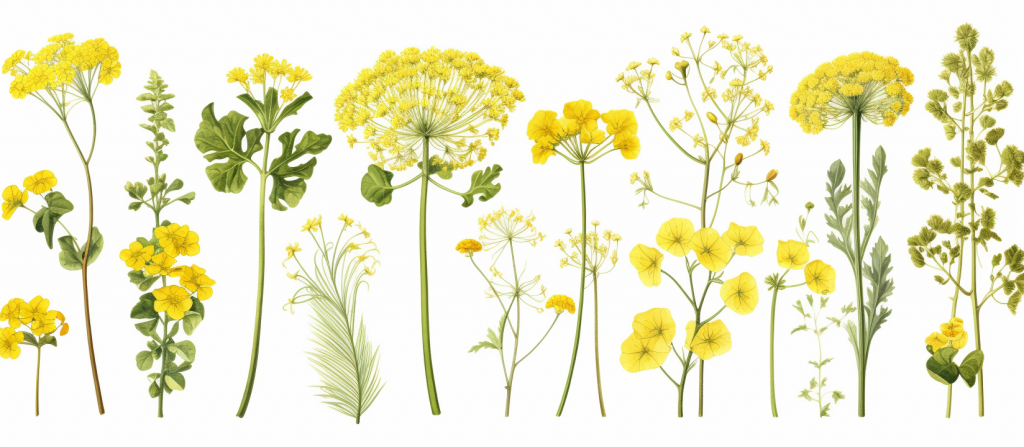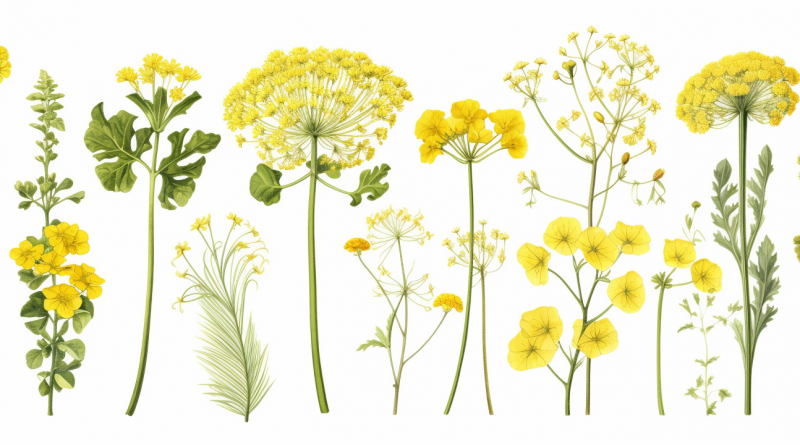Asafoetida, That Most Revered, Elusive Culinary Stank
Cooking enthusiasts, especially the more adventurous among us, will often run into this common problem: you follow a recipe for an Indian dish to the letter, and it still doesn’t have that particular je ne sais quoi (that particular मुझे नहीं पता क्या, in Hindi?). A number of articles have responded to this by pointing out that most [American] kitchens, and, accordingly, the writers of these recipes for the average American kitchen, don’t include a magical ingredient called asafoetida. My wife and I decided to embark on a quest to try and find this obscure member of the carrot family, so we headed towards Dearborn I made it sprinkling rain of a October Sunday afternoon.

We made it to Alsaeedah, a spice and grocery store on Schaefer Road, and we’re immediately greeted by an animated and attentive man who eagerly asked us if he could help us find anything.
“Asafoetida?”
Blank.
My wife (an avid researcher of Things when she’s on a mission, much like me) also knew the spice as being called Hing, which the dude knew. (This is the name in Hindi, even though it sounds more Chinese– while the Chinese have a completely different name for it).
“But you don’t cook with this,” he said quickly, as though the idea was absurd. “It’s like… uh, for medicinal purposes.”
This was the moment that all white people delving into the product of a foreign culture dread. Did we make a mistake?! No, we definitely didn’t– but this is the kind of “o fuq” moment where you sometimes have to check yourself to make sure you didn’t make a bizarre error of interpretation.
“Well, they use it a lot in Indian cooking!” my wife continued.
“Really?”

“People believe that it keeps the devil away,” he explained, as he procured two specimens from a receptacle behind the counter.
Indeed, it is a pervasive stank, the product of various sulphide compounds including 2-butyl-propenyl-disulphide, diallyl sulphide, diallyl disulphide, and dimethyl trisulphide. These sulfur compounds are present in onions and garlic as well and are responsible for that specific flavor (“allyl” is derived from the Latin “allium” for the onion and garlic family). My wife and I both thought that it had a smell reminiscent of spring onions, but as though turned up to 11, or, perhaps, faintly rotting spring onions. The smell from the tiny package escaped the sealed containers and made the whole car stink. We bought two configurations, one being a dried variety and the other being what I suspect is the preferred configuration– the oleoresin gum of the plant.
Oleoresins are basically goo of the stinkiest and most aromatic components of a plant, and asafoetida also includes antioxidants like umbelliferone and ferulic acid, both of which have demonstrated medicinal properties. The former is related to coumarin, a blood thinner and anticoagulant with a pleasant vanilla smell (Tonka bean, if we want to get specific), while the latter can be found in Chinese medicinal ginseng and a number of grains, particularly the shells or husks of some whole grains. To refer back to a question I got in a job interview earlier this summer, I find all of this stuff fascinating beyond just the question of the food itself, because organic chemistry is a fascinating way to understand the world in terms of basic building blocks that have bizarre and often delightful relationships with each other.
The claims of asafoetida being extremely smelly, though, I find kind of exaggerated, having once spilled a tiny quantity of 3-methylindole, which, I can safely say, gives new meaning to the term “vile” as a descriptor for smell. But I digress.
The Arabic term is transliterated as hiltit (حلتيت), pronounced hal-teet. The term’s etymology is not entirely clear, but may have been derived from the word حلت (“haw-lat,” context-dependent “condition” or past tense “solved,” perhaps referring to the plant’s medicinal uses). But different languages have different terms for it, and many seem to refer to its singularly stanky character. Portuguese traders are thought to have first brought it to Europe in the 16th century, before which time it seems to have been completely unknown, and has enjoyed limited adoption since. It remains a staple in the subcontinent, however, where it adds that particular extra oomph of flavor. Similar to the stinky, sulphurous black salt (a.k.a. kala namak) that imparts a faint rotten egg aroma to dishes before subsuming into the dish to form a similarly deep flavor, asafoetida seamlessly blends in. It’s expensive, but you don’t use much of it because it’s so deeply aromatic.
Dinner, meanwhile, was coconut saag, made with onions, spinach, black peppercorns, cumin seed, coriander seed, lime juice, coconut milk, and, of course, our favorite new ingredient: the asafoetida resin.
Finally: to the woman who blocked me on Threads after accusing me of being antisemitic (for explaining my Jewish heritage/origin story as it pertains to what’s going on in Palestine right now) and then complained that I wasn’t changing the world by writing articles about things: I hope you, too, can enjoy the singular flavor of asafoetida one day.
Alsaeedah Grocery, which may soon restock asafoetida after we bought a bunch, is located at 5914 Schaefer Rd, Dearborn, MI 48126. Check out the recipe we used here.



